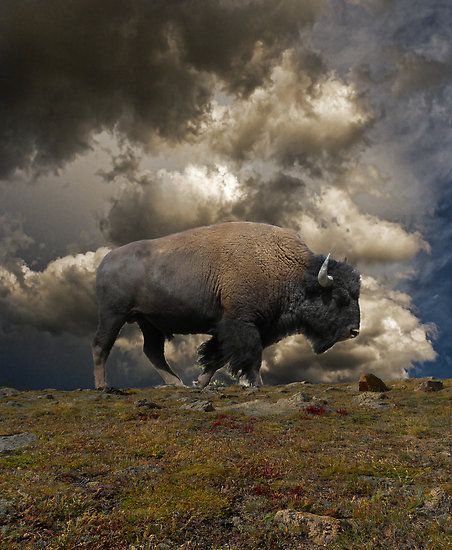Dear Integral Meditators,
Meditation and mindfulness encourage states of mental and emotional flow, but achieving these states consistently is tough if we are habitually supressing and repressing the content of our consciousness in an unhealthy way. The article below looks at how we can mindfully grow a positive relationship to suppression and repression, so that it is helping us in our inner journey, rather than getting in the way!
In the whats on section below you can see that the workshop events are all on the Saturday 21st this month, with mindful inspiration and flow of the present moment being the themes. Click on the links for details.
In the spirit of conscious and benevolvent supression,
Toby
Upcoming Courses at Integral Meditation Asia
Every Wednesday, 7.30-8.30pm – Wednesday Meditation Classes at Basic Essence with Toby
Saturday November 21st, 2.30-5.30pm – Connecting to Your Sources of Mindful Inspiration – A 90minute Seminar
Saturday November 21st, 2.30-5.30pm – Living Life From Your Inner Center – Meditations for Going With the Flow of the Present Moment
 The Dance of Mindful Supression and Repression
The Dance of Mindful Supression and Repression
Psychological suppression is when you consciously block a thought, emotion or part of self from arising or developing within your mind. Let’s say I’m getting angry with someone, I am aware I am getting angry, but I block it, I don’t allow it to manifest as speech or behaviour.
Suppression is different from repression, which is when I unconsciously block a thought, emotion or aspect of self. Taking the same example, let’s say I’m getting angry with someone, but I’m not consciously aware that I’m getting angry, I reflexively repress the anger, pushing it down into my unconscious mind without even realizing that I have done it. I now have the energy of repressed anger contained within my body-mind, but I am not aware of it.
Positive suppression is when I exert self control over myself for a positive purpose:
- I find myself getting annoyed with a client, but I purposefully suppress that anger and remain pleasant, which enables me to complete a business transaction I want
- I know I am feeling afraid or insecure, but I put on a brave face and smile for the child I am with so that s/he will feel reassured and safe in my company
If I suppress something in this way, I am doing so for a definite purpose, and I know that later on I will have to come back to the thing in my mind I have supressed in order to look after it and de-suppress it appropriately.
Negative suppression is – When I deliberately turn away from an emotion, thought or aspect of self that I really need to pay attention to:
- I know I feel guilty about something I have said to my partner, but I’m still resentful of her, so I block the guilt and just let it fester unattended
- I know my business needs to change its marketing strategy, but I am afraid a new, untried strategy might make things worse, so I just suppress what I know, and keep on doing the same marketing as before, thus guaranteeing my business remains in a rut
Integrating suppression and repression into your mindfulness practice
Sit quietly and let your mind travel back, event by event over the last 24 hours of your life. As you do so take note of the places where you notice there is still an emotional charge within you around what happened. When you come to each of these places, take a note of the thoughts, feelings nd parts of self you may have:
- Deliberately set aside (positive suppression)
- Suppressed due to fear or laziness (negative suppression)
- Unconsciously repressed, for example simply because you were not aware of the feeling arising at the time due to the busyness of what was going on around you
Take the time to become aware of, acknowledge and release these aspects of self, so that you do not end up with an ever increasing back log of suppressed and repressed parts of your mind, heart and body that get in the way of your mental clarity, your emotional balance and physical health!
© Toby Ouvry 2015, you are welcome to use or share this article, but please cite Toby as the source and include reference to his website www.tobyouvry.com
Integral Meditation Asia







